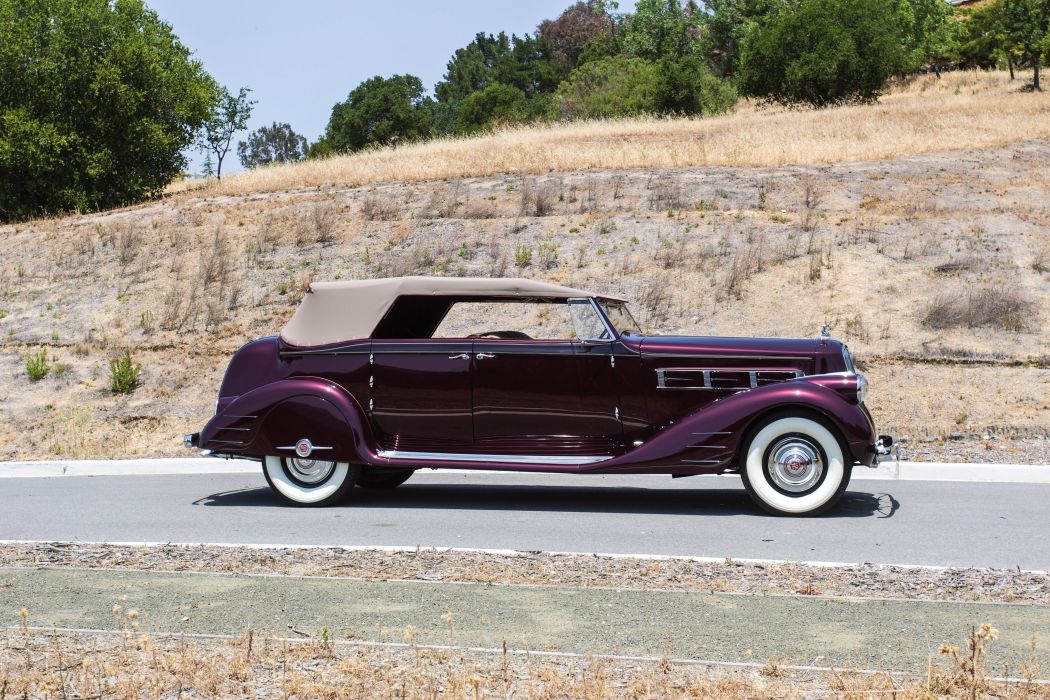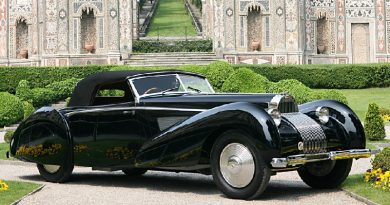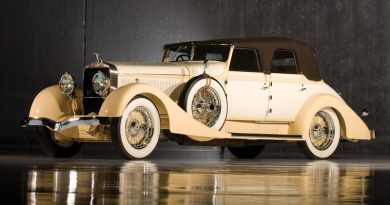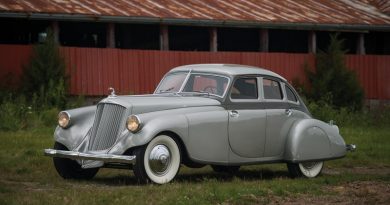1938 Pierce-Arrow Twelve Convertible Phaeton
The Pierce-Arrow car brand, produced from 1901 to 1938, was known for having one of the first Town Cars, or open coach designs, beginning in 1905. Pierce-Arrow Town Cars were predominantly owned by the very wealthy, including the royal families of Japan, Persia, Saudi Arabia, Greece, and Belgium. Town Cars were produced in various models: Brougham Town Car, Metropolitan Town Car and the Limousine Landau Town Car.
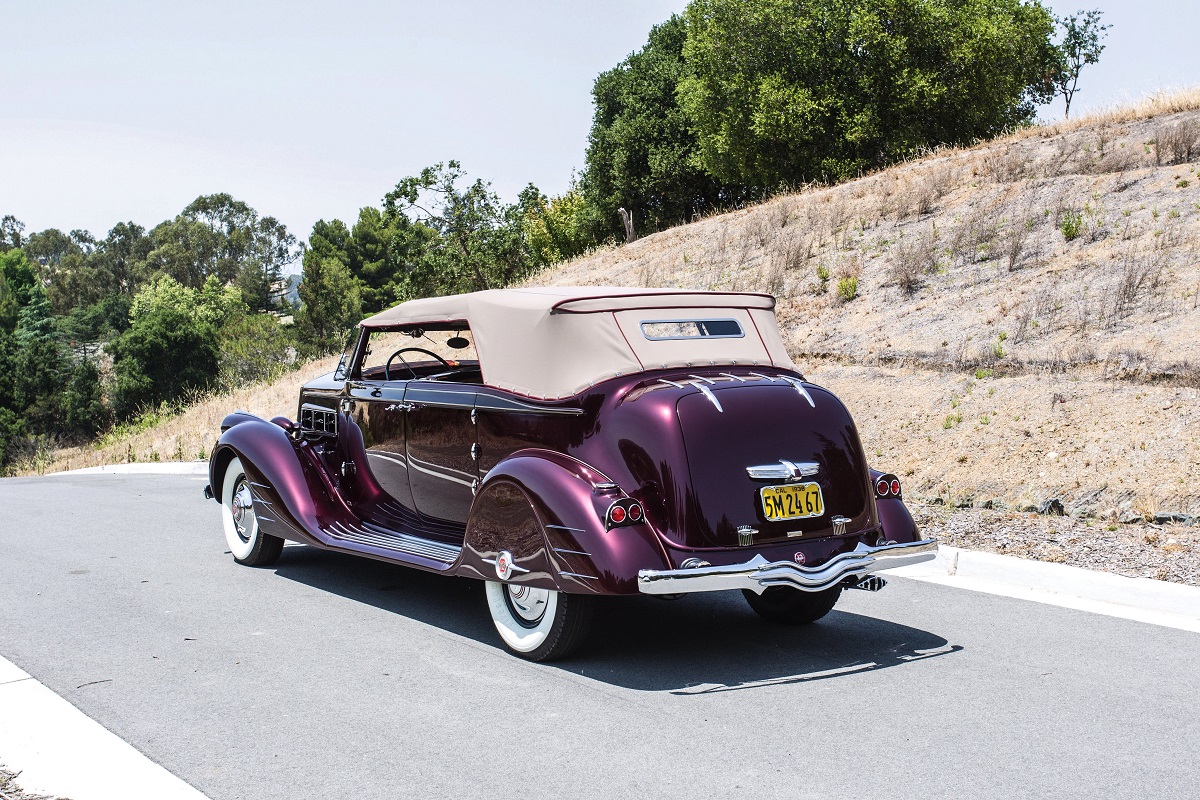
Pierce was the only luxury brand that did not field a lower-priced car (e.g., the Packard 120) to provide cash flow, and without sales or funds for development, the company declared insolvency in 1938 and closed its doors. The final Pierce-Arrow assembled was built by Karl Wise, the firm’s chief engineer, from parts secured from the company’s receivers. Pierce’s remaining assets (which probably would include the forty Arrows made in October 1938) were sold at auction on a Friday, 13 May 1938.
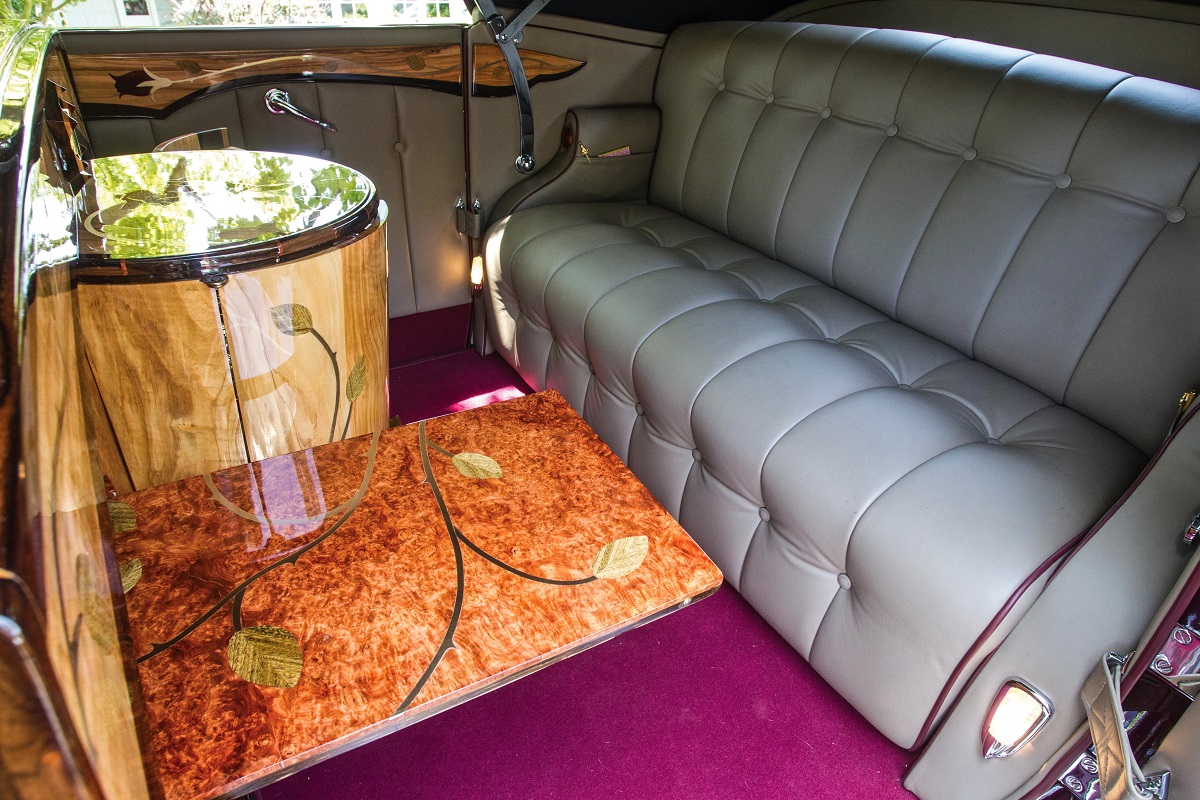

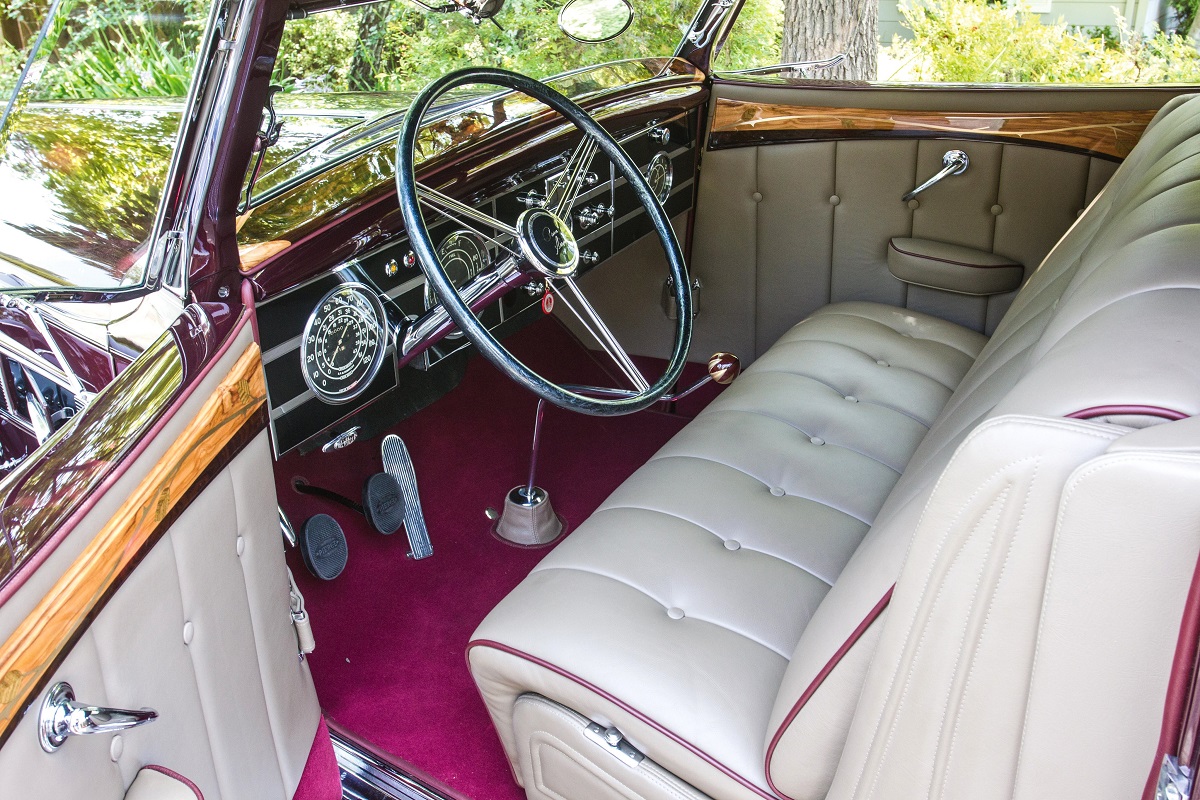
Luxury-car makers dealt with the situation in various ways. Cadillac, though sheltered under the large General Motors umbrella, cut back hard on production, but Lincoln output tapered almost to a halt, then was restored by the streamlined, medium-priced Zephyr starting in 1935. Packard, still proudly independent, sought salvation with its slightly lower-priced 1932 Light Eight, failed, then planned a still-cheaper volume product that emerged in 1935 as the company-saving One Twenty.
All three of these leading luxury makes brought out specials and show cars for the round of 1933 automobile shows, culminating with the Chicago fair. Their onetime archrival, the still highly respected Pierce-Arrow Motor Company, followed suit with its own stunning creations.
